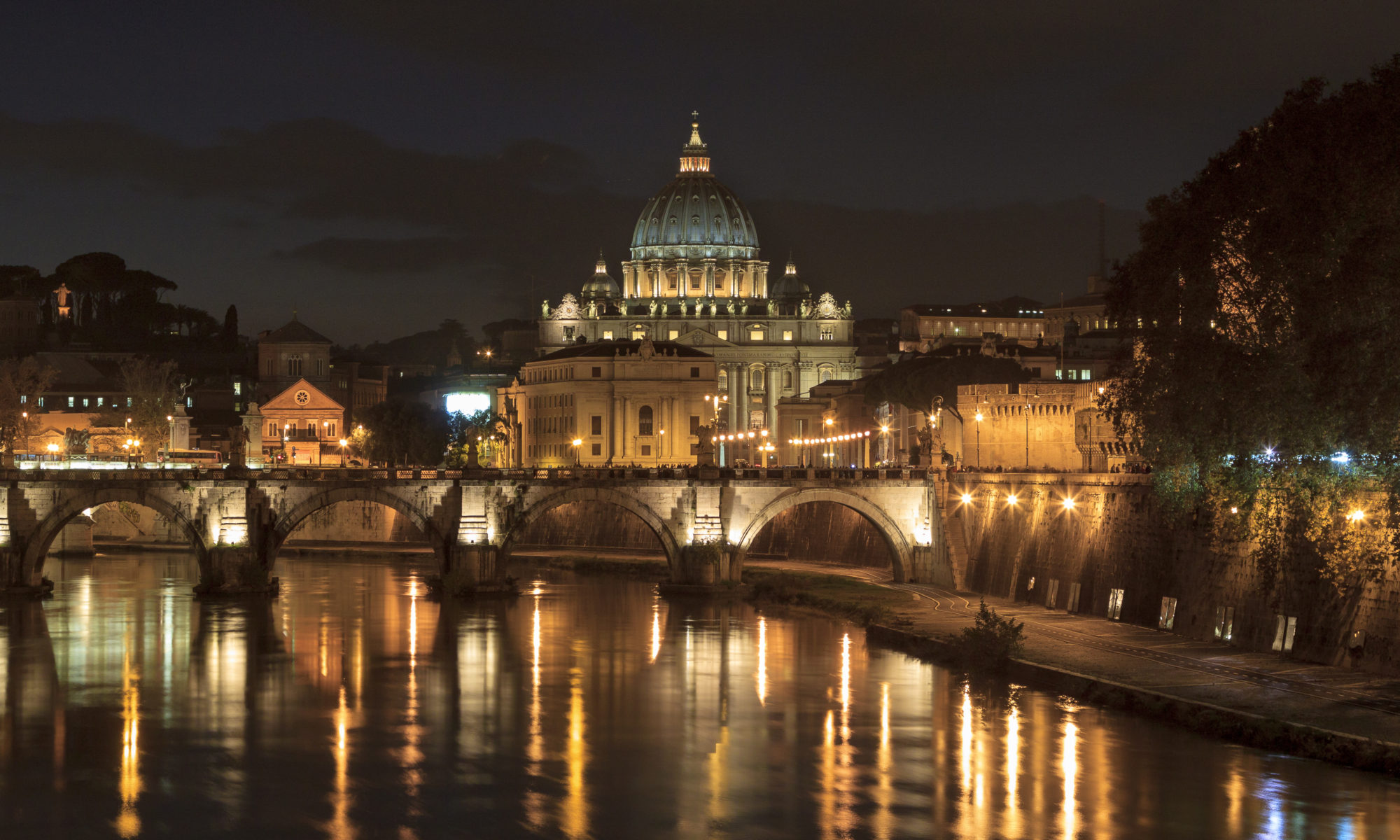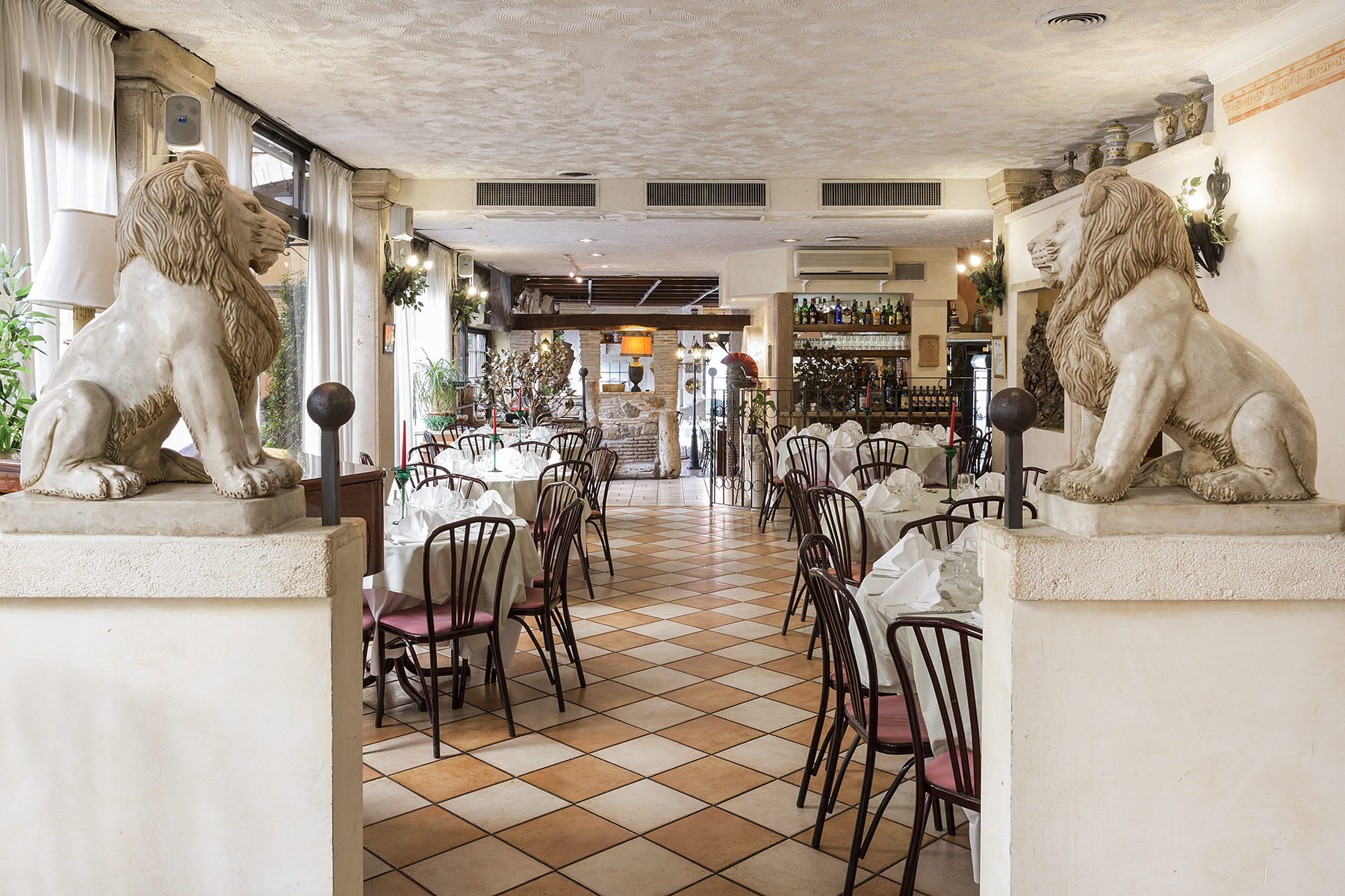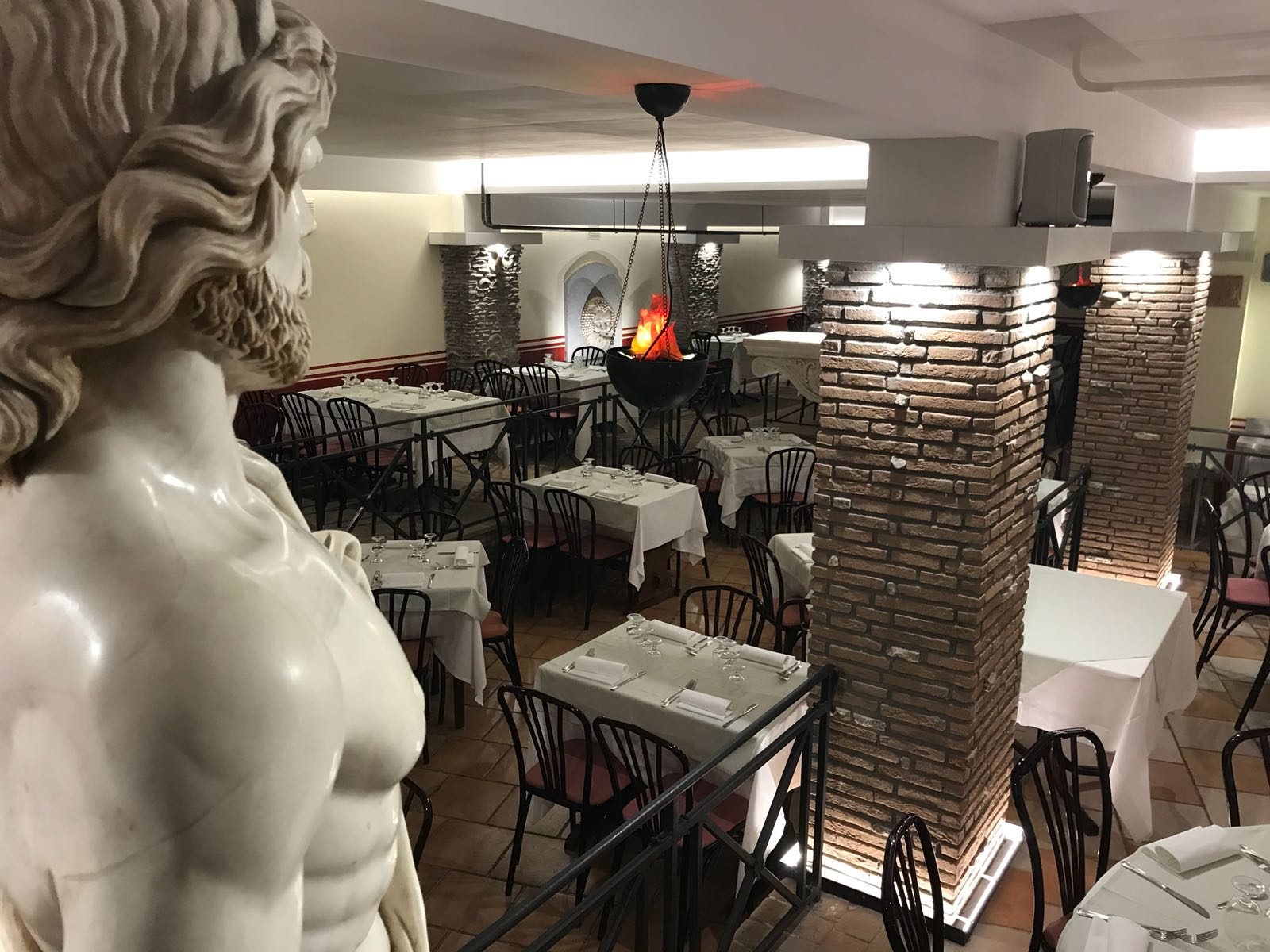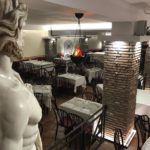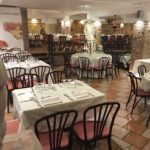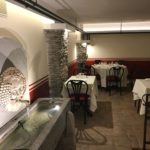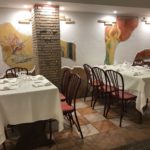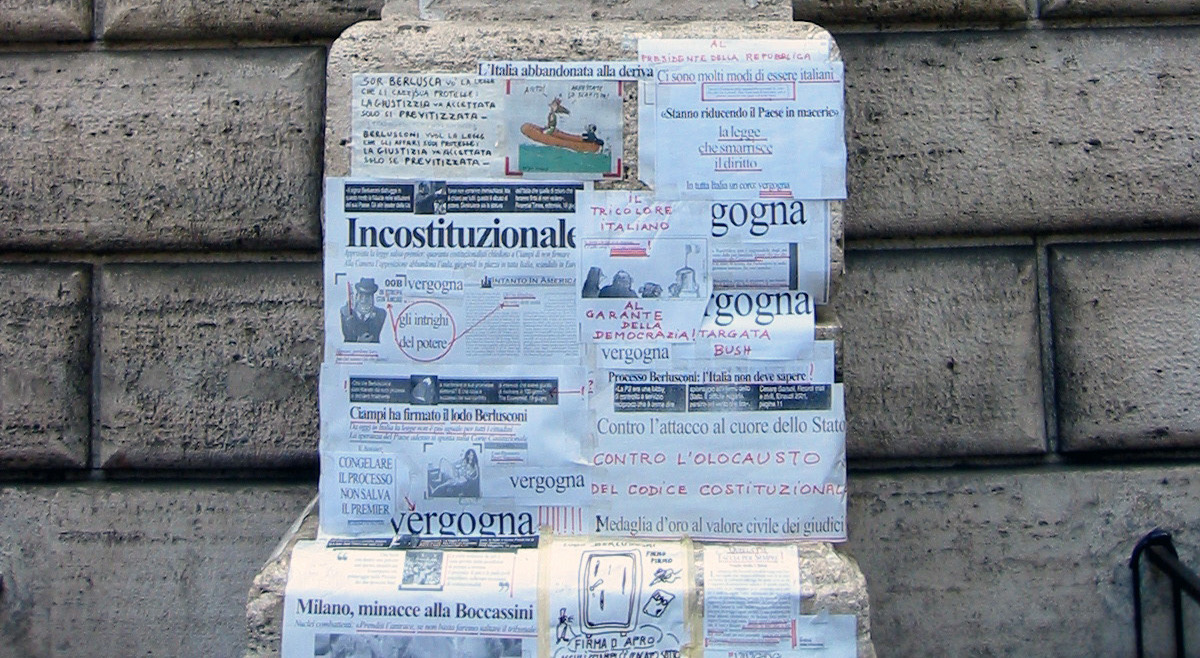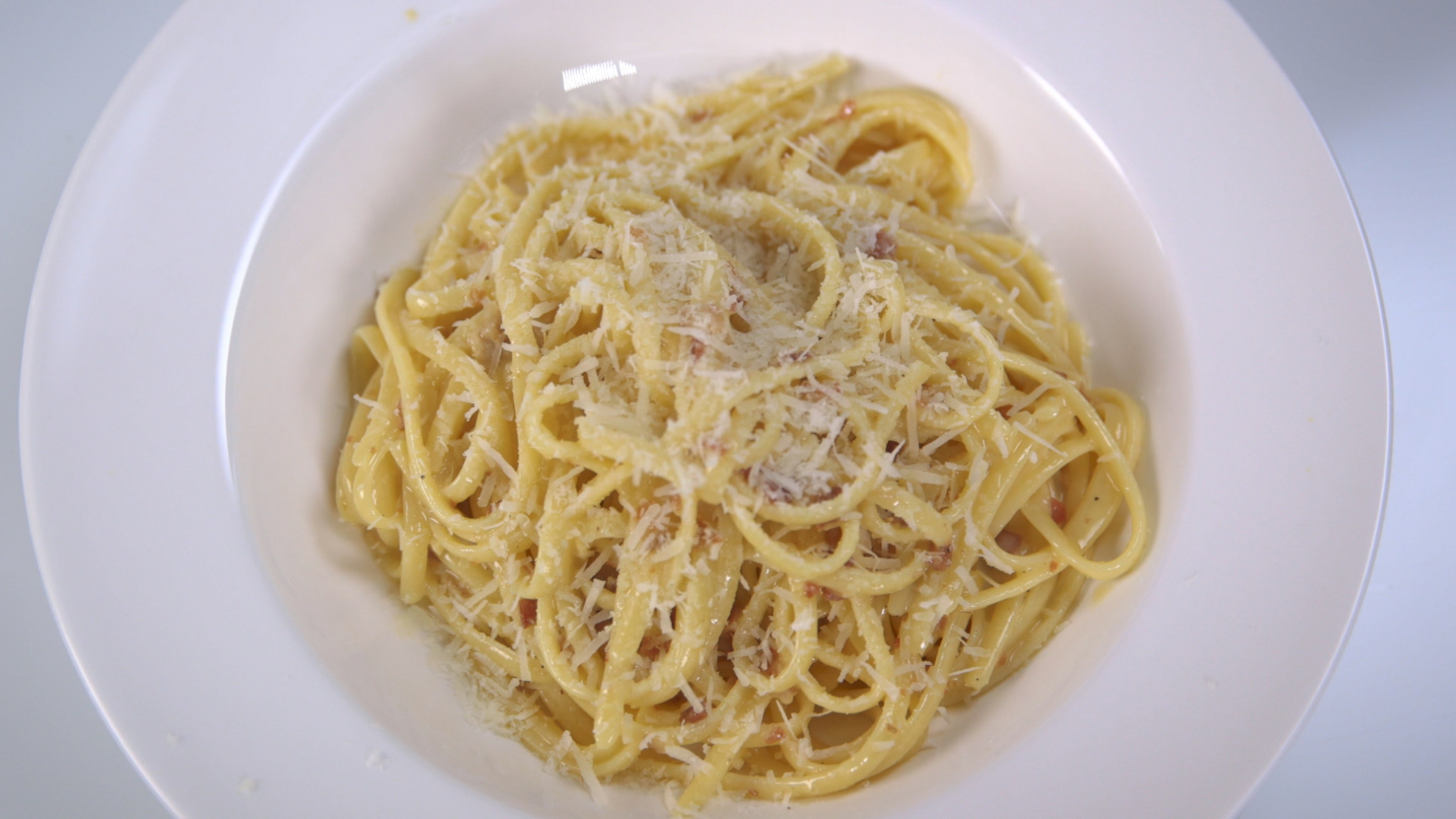The talking statues of Rome are a series of statues (mainly six) used by roman, since XVI century, to anonymous express their criticism against the religious and civil authorities of the city by attaching messages to their pedestal.
The talking statues of Rome are:
Pasquino a damaged piece of Hellenistic-style sculpture on a small piazza (Piazza di Pasquino), a little square south of Piazza Navona. Pasquino is the first talking statue, now identified as representing the mythical king of Sparta, Menelaus, husband of Helen of Troy.
Madama Lucrezia currently placed on a basement on the corner between Palazzo Venezia and the Basilica of S. Marco it is a three-meter bust. It seems to be the goddess Isis (or a priestess of her) because the knot of the robe on the chest is a characteristic that would lead back to that cult.
Marforio is a huge marble sculpture of the Roman era, dating back to the first century, perhaps depicting the god Neptune, the Ocean or the Tiber. It was found in the Forum of Augustus. First placed near Mamertino Prison, was first moved in S. Marco square and after in Campidoglio square. Now is in Palazzo Nuovo.
Babuino so called by the people of Rome “baboon” because so ugly and deformed that they can be compared to a monkey. The statue (actually a fountain) was so unique that it strongly influenced the imagination and the interest of the Romans. One of the first effects was to determine the change of the same toponym of the road, which from via Paolina changed precisely in Via del Babuino.
Facchino represents a male figure, with his face almost completely consumed, while pouring water from a barrel. The disfigured face is due to the offenses of the street brats who made it target throwing stones. This is because the character, according to a popular belief, because of the cap and clothing by many was even considered Martin Luther. Originally located in Via del Corso, in 1874 it was moved to its current position in via Lata.
Abate Luigi is a late-Roman sculpture, probably representing a high magistrate. In the absence of a precise identification, the nickname was assigned to him by popular imagination that, with the usual wit, found the character particularly resembling the sacristan of the nearby church of the Sudarium, known precisely by that name. It is located in Piazza Vidoni, on the side wall of the Basilica of Sant’Andrea della Valle.
Papa Rex – Traditional Restaurant in Rome since 1991 – Saint Peter – Vatican area
